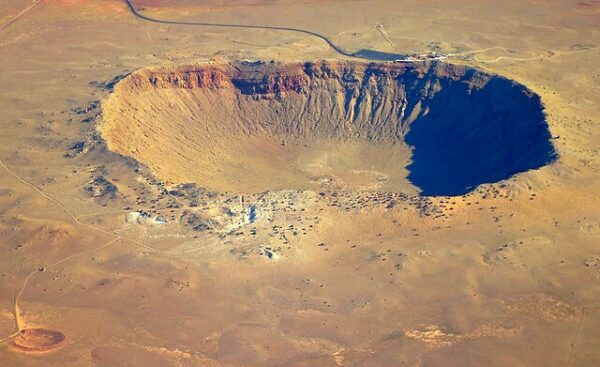
A newly identified near-Earth object, designated 2024 YR4, has emerged as a potential threat, capturing the attention of NASA scientists and astronomers worldwide. Initial calculations suggest a decently high probability of impact in 2032—an alarmingly high figure in the realm of asteroid risk assessment, elevating 2024 YR4 to one of the most statistically concerning celestial bodies in recent memory.
Discovered in December 2024, the asteroid’s orbit has been under continuous observation by NASA’s Jet Propulsion Laboratory (JPL) and other international space agencies, each working to determine whether this near-Earth object’s path will ultimately intersect with our planet.
The object is classified as Level 3 on the Torino Impact Hazard Scale—indicating a “close encounter” that merits heightened attention from both astronomers and the public, according to CBS News.
2024 YR4 falls into the “city killer” category.
“If you put it over Paris or London or New York, you basically wipe out the whole city and some of the environs,” said Betts.
The best modern comparison is the 1908 Tunguska Event, when an asteroid or comet fragment measuring 30-50 meters exploded over Siberia, flattening 80 million trees across 770 square miles.
Like that impactor, 2024 YR4 would be expected to blow up in the sky, rather than leaving a crater on the ground.
“We can calculate the energy… using the mass and the speed,” said Andrew Rivkin, a planetary astronomer at Johns Hopkins Applied Physics Laboratory.
The Guardian writes that we shouldn’t be panicking quite yet. “Based on measurements gathered so far, the asteroid has a 1.3% chance of smashing into Earth on 22 December 2032, or put another way, a nearly 99% probability of barrelling past without incident.
‘Most likely this one will pass by harmlessly,’ said Colin Snodgrass, a professor of planetary astronomy at the University of Edinburgh. ‘It just deserves a little more attention with telescopes until we can confirm that. The longer we follow its orbit, the more accurate our future predictions of its trajectory become.’
Gareth Collins, professor of planetary science at Imperial College London, said that an increase in monitoring of near Earth objects will make detections like asteroid 2024 YR4 much more common. ‘At this stage, the best thing to do is to continue tracking the asteroid for as long as possible so that we can predict its trajectory with more confidence,’ he said.
The asteroid is now hurtling away from Earth in almost a straight line making it hard for astronomers to determine its orbit with high accuracy. Astronomers aim to make more detailed observations over the coming months before the rock fades from view. If those measurements do not rule out an impact in 2032, the asteroid will probably remain on space agencies’ risk lists until it comes back into view in 2028.”
Planetary defense initiatives remain a priority for NASA and its international counterparts, with ongoing research into kinetic impactors—such as the successful DART mission—and theoretical nuclear deflection strategies. These measures, however, require precise knowledge of an asteroid’s mass and structure, data that remains incomplete at this stage.
In the months ahead, continuous observation and refined orbital modeling will determine whether 2024 YR4 warrants direct intervention. The scientific community remains on high alert, poised to adapt its response as new information emerges.
[Read More: Trump Ends Another Military Engagement]











